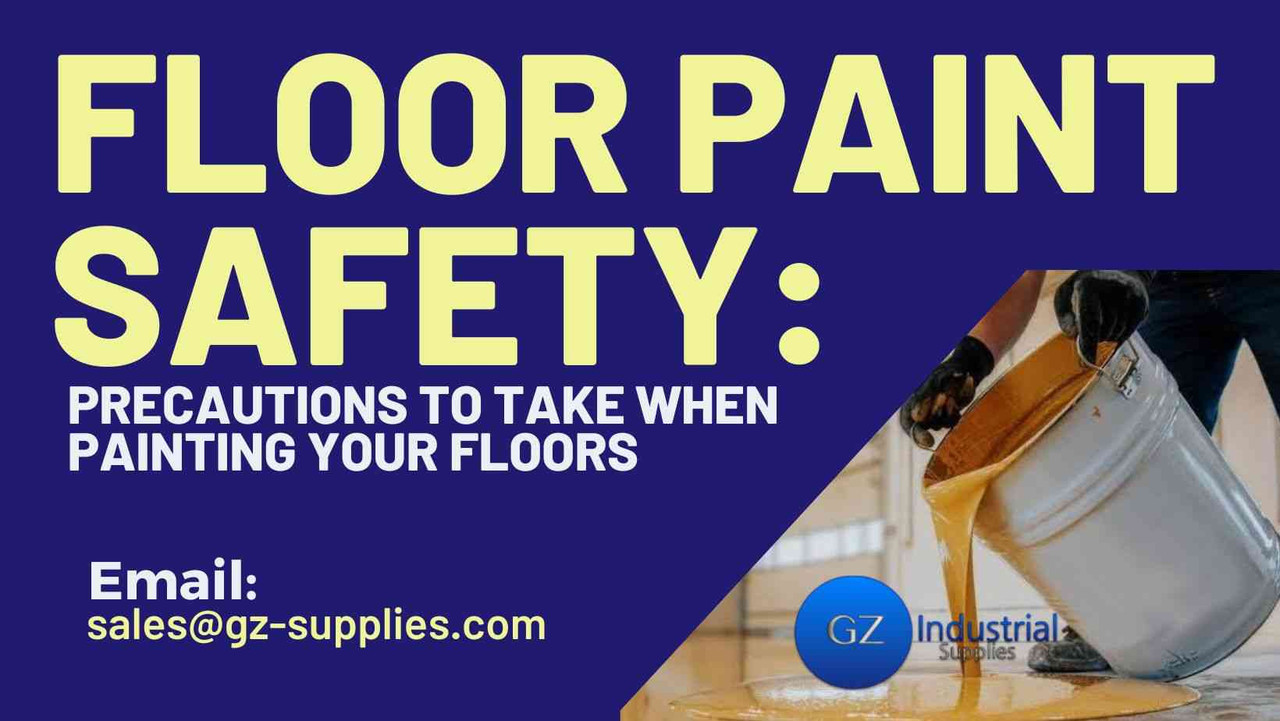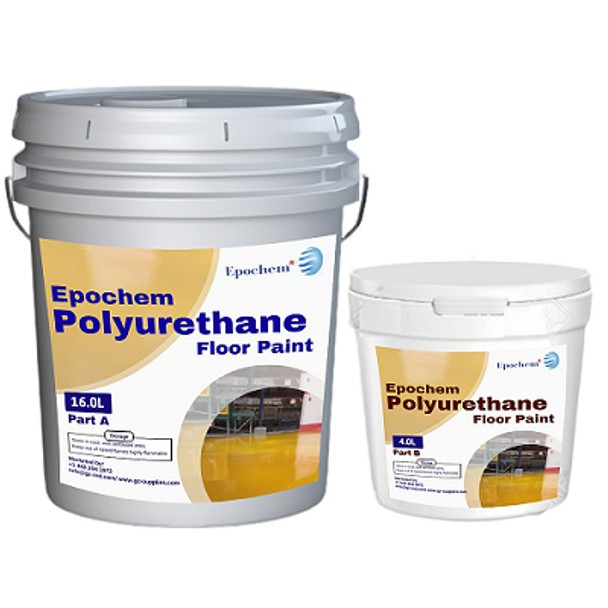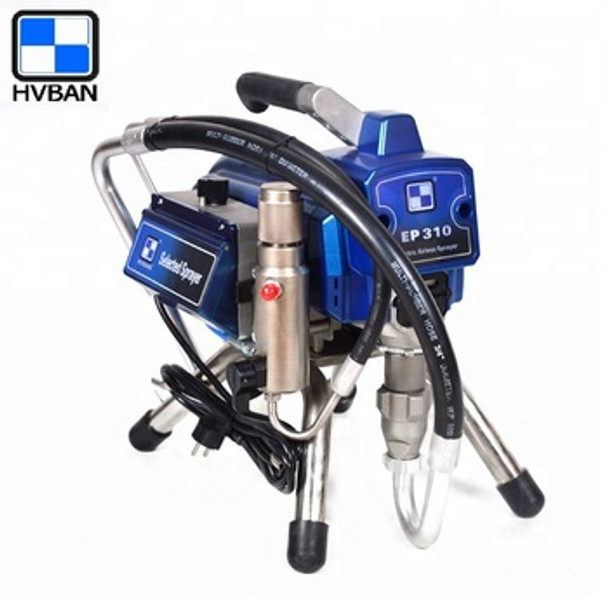Floor Paint Safety: Precautions to Take When Painting Your Floors
When undertaking a floor painting project, your safety should be the top priority. While a fresh coat of paint can dramatically transform your space, it's crucial to approach the task with caution. Floor paints often contain potent chemicals that can pose health risks if not handled properly. Before you begin, it's essential to familiarize yourself with the necessary precautions to protect both your health and the environment. From proper ventilation to personal protective equipment, there are several key steps you must take to ensure a safe painting process. This article will guide you through the vital safety measures you need to consider when painting your floors.
Prepare the Floor for Painting
Clean Thoroughly
Before you begin painting, it's crucial to ensure your floor is immaculately clean. Start by sweeping or vacuuming to remove loose debris. Then, use a suitable cleaning solution and mop to remove any dirt, grease, or grime. For stubborn stains, you may need to scrub with a brush. Allow the floor to dry completely before proceeding.
Repair and Sand
Inspect the floor for any damages such as cracks, holes, or uneven surfaces. Fill these imperfections with an appropriate filler, following the manufacturer's instructions. Once the filler has dried, sand the entire floor to create a smooth surface. This step is crucial for ensuring proper paint adhesion and a professional-looking finish.
Remove Dust and Prime
After sanding, thoroughly remove all dust using a vacuum and tack cloth. Any remaining dust particles can interfere with paint adhesion. Next, apply a primer specifically designed for your floor type. Priming helps the paint adhere better and can improve its durability. Allow the primer to dry completely according to the manufacturer's recommendations.
Protect Surrounding Areas
Before you open any paint cans, take the time to protect adjacent areas. Use painter's tape to cover baseboards, door frames, and any other surfaces you don't want painted. Lay down drop cloths or plastic sheeting to protect nearby furniture and flooring. Remember to cover air vents to prevent paint fumes from circulating throughout your home.
Ensure Proper Ventilation
Lastly, ensure the area is well-ventilated before you begin painting. Open windows and doors, and use fans to promote air circulation. This step is crucial for your safety, as it helps disperse paint fumes and speeds up the drying process. With these preparations complete, you're now ready to start painting your floor safely and effectively.
Choose the Right Type of Floor Paint
When it comes to floor paint safety, selecting the appropriate type of paint is crucial. Your choice will not only affect the durability and appearance of your floors but also impact the safety of those who use the space. Here's what you need to consider when choosing floor paint:
Assess Your Floor Type
Before selecting a paint, you must identify your floor's material. Different surfaces require specific paint formulations:
- Concrete floors need epoxy-based or urethane paints for durability.
- Wood floors benefit from oil-based or latex paints designed for high traffic.
- Metal floors require specialized industrial paints with rust-inhibiting properties.
Consider Environmental Factors
The environment where you'll apply the paint plays a significant role in your selection:
- For indoor floors, opt for low-VOC (Volatile Organic Compounds) paints to minimize harmful fumes.
- Outdoor floors demand weather-resistant paints that can withstand UV rays and moisture.
- In areas with extreme temperatures, choose paints formulated to resist expansion and contraction.
Evaluate Safety Features
Safety should be your top priority when selecting floor paint. Look for products that offer:
- Slip-resistant additives for improved traction, especially in wet areas.
- Fire-retardant properties for industrial or high-risk environments.
- Non-toxic formulations for spaces frequented by children or pets.
Remember, the right floor paint not only enhances the aesthetics of your space but also contributes to a safer environment. Always read product labels carefully and consult with paint professionals if you're unsure about the best option for your specific needs. By choosing wisely, you'll ensure a long-lasting, safe surface that meets both your functional and safety requirements.
 Epochem Polyurethane Floor Paint
Epochem Polyurethane Floor Paint
Use Proper Ventilation When Floor Painting
Proper ventilation is crucial when painting floors to ensure your safety and the quality of your work. Adequate air circulation helps disperse harmful fumes and promotes faster drying times. Here's what you need to know about ventilation during your floor painting project.
Why Ventilation Matters
When you apply floor paint, it releases volatile organic compounds (VOCs) into the air. These chemicals can cause headaches, dizziness, and respiratory irritation. In extreme cases, prolonged exposure may lead to more serious health issues. Additionally, proper airflow helps the paint dry evenly and reduces the risk of bubbles or other imperfections in your finish.
Setting Up Effective Ventilation
To create a well-ventilated workspace, you should:
- Open all windows and doors in the room you're painting.
- Use fans to circulate air and direct fumes outside.
- Consider renting or purchasing an industrial-grade exhaust fan for larger spaces.
- If possible, create cross-ventilation by positioning fans at opposite ends of the room.
Safety Precautions
While ventilation is essential, it's not the only safety measure you should take. Always wear a respirator mask rated for paint fumes and protective eyewear. Ensure that other people and pets are kept away from the area until the paint has fully dried and the space has been thoroughly aired out.
Timing Your Project
Plan your floor painting project during mild weather when you can comfortably leave windows open for extended periods. Avoid painting on extremely humid days, as this can affect drying times and increase the concentration of fumes in the air. If you're working in a basement or area with limited natural ventilation, you may need to take extra precautions or consider professional assistance.
By prioritizing proper ventilation, you'll create a safer environment for yourself and ensure the best possible results for your newly painted floors.
 EPOCHEM 304/404 Epoxy Floor Sealers
EPOCHEM 304/404 Epoxy Floor Sealers
Allow Adequate Drying Time Before Walking on Newly Painted Floors
After applying a fresh coat of paint to your floors, it's crucial to allow sufficient drying time before resuming foot traffic. This patience is not just about preserving the aesthetic appeal of your newly painted surface; it's a critical safety measure that protects both the integrity of your paint job and the well-being of those who will walk on it.
Understanding Drying vs. Curing
It's important to distinguish between drying time and curing time. While your floor may feel dry to the touch within a few hours, this doesn't mean it's ready for use. Drying refers to the evaporation of solvents, whereas curing involves the chemical process that allows the paint to reach its full hardness and durability.
Recommended Waiting Periods
For most floor paints, you should wait at least 24 hours before light foot traffic. However, for optimal results and longevity, consider the following guidelines:
- Light foot traffic: 24-48 hours
- Regular use: 72 hours to 1 week
- Placing furniture: 1-2 weeks
These timeframes may vary depending on factors such as humidity, temperature, and the specific type of paint used. Always consult the manufacturer's instructions for precise recommendations.
Consequences of Premature Use
Walking on floors before they're fully dry can lead to several issues:
- Smudges and footprints marring the finish
- Compromised durability of the paint
- Potential slipping hazards due to tacky surfaces
By allowing adequate drying time, you ensure the longevity of your paint job and maintain a safe environment for your home or workspace.
Remember, patience is key when it comes to floor painting. The extra time invested in proper drying will pay off in the form of a beautiful, long-lasting finish that you can enjoy for years to come.
 Epocoat 410 Road Marking Paint
Epocoat 410 Road Marking Paint
Clean Up Spills Properly to Avoid Hazards
When painting your floors, proper spill management is crucial for maintaining a safe work environment and achieving optimal results. Addressing spills promptly and correctly not only prevents potential hazards but also ensures the longevity of your newly painted surface.
Immediate Response to Spills
As soon as a spill occurs, act swiftly to contain it. Use absorbent materials like clean rags or paper towels to blot the spilled paint, working from the outside of the spill towards the center. This technique helps prevent the spill from spreading further. For larger spills, consider using commercial absorbents or cat litter to quickly soak up excess paint.
Proper Disposal Techniques
After containing the spill, it's essential to dispose of the paint and cleaning materials correctly. Never wash paint down drains or flush it in toilets, as this can lead to environmental contamination. Instead, follow these steps:
- Allow paint-soaked materials to dry completely in a well-ventilated area.
- Place dried materials in a sealed plastic bag.
- Dispose of the bag in accordance with local regulations for paint waste.
For large quantities of unused paint, contact your local waste management facility for guidance on proper disposal methods.
Thorough Clean-Up Procedures
Once the bulk of the spill is addressed, clean the affected area thoroughly:
- Use warm, soapy water for water-based paints.
- For oil-based paints, use an appropriate solvent as recommended by the manufacturer.
- Scrub the area gently to remove any residual paint.
- Rinse the surface with clean water and dry it completely.
Remember to wear protective gear such as gloves and safety glasses during the clean-up process to avoid skin contact or eye irritation from paint or cleaning agents.
By following these guidelines, you'll maintain a safer work area, prevent slip-and-fall accidents, and ensure that your floor painting project proceeds smoothly and successfully.
Conclusion
As you embark on your floor painting project, remember that safety should be your top priority. By following the precautions outlined in this article, you can protect yourself and others from potential hazards associated with floor paints. Proper ventilation, appropriate personal protective equipment, and careful handling of materials are essential steps in ensuring a safe painting process.
Additionally, be mindful of the curing time and post-painting care to maintain the integrity of your newly painted floors. With these safety measures in place, you can confidently transform your space while minimizing risks. Your diligence in adhering to these guidelines will result in a beautiful, durable floor finish that you can enjoy for a long time.
Feel free to Contact us if you need help with your floor painting project, our team of experts is here to help you constantly, guaranteeing that your floors look their very best.
Related Articles:
The Benefits of Floor Paint for Commercial and Industrial Spaces
Balancing Performance and Sustainability: Environmental Considerations of Floor Paints












